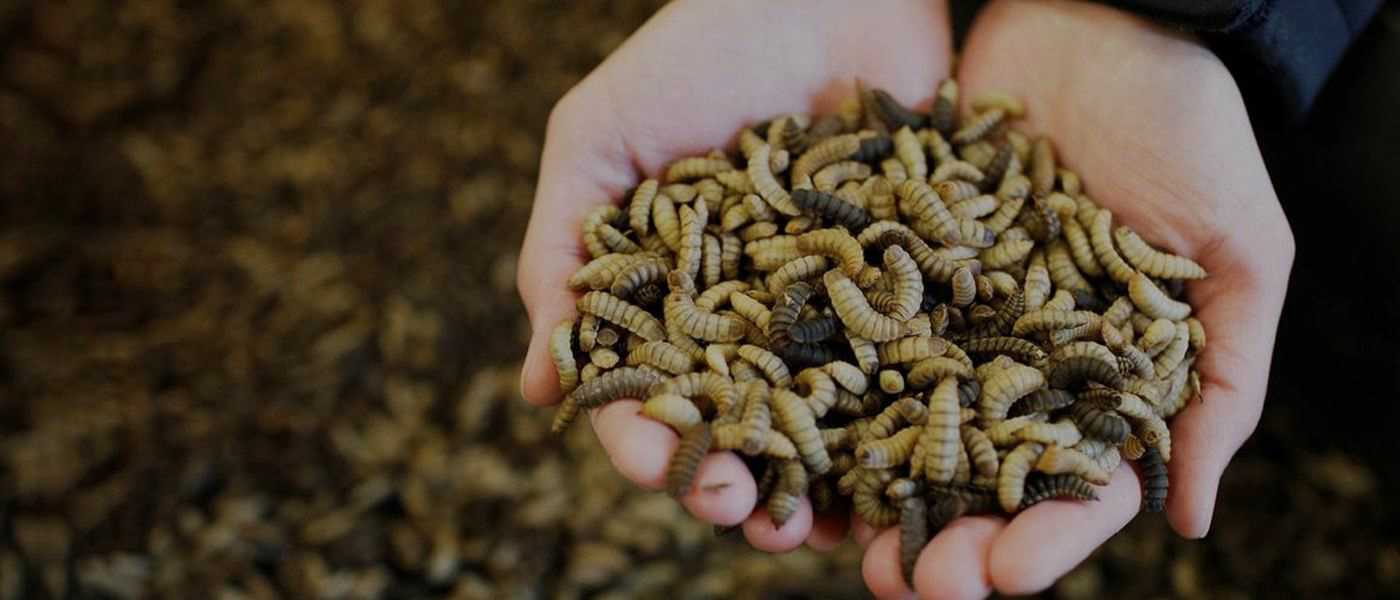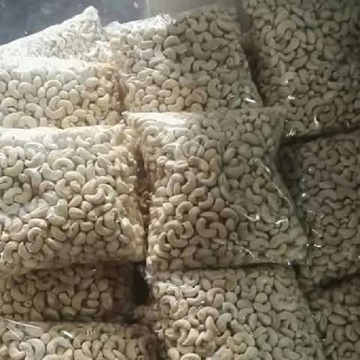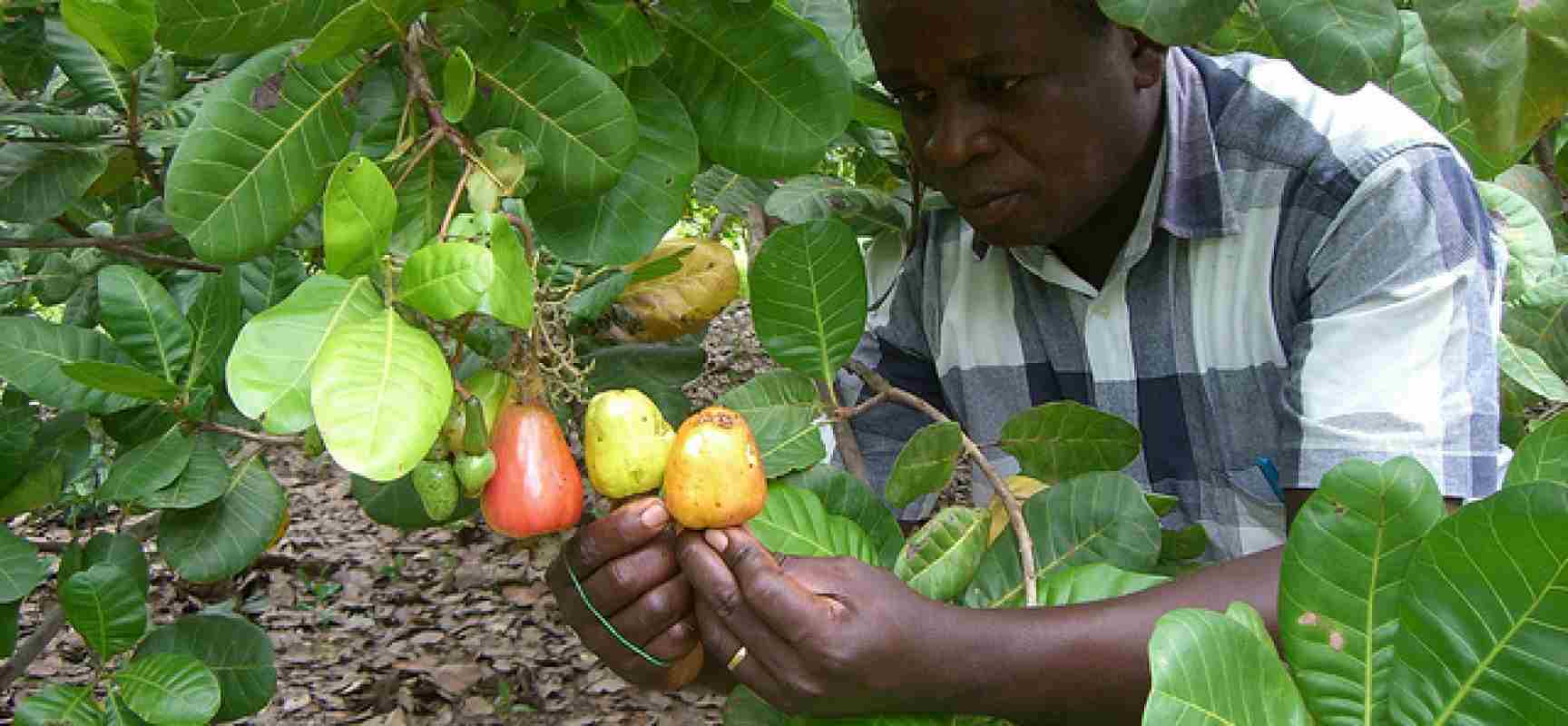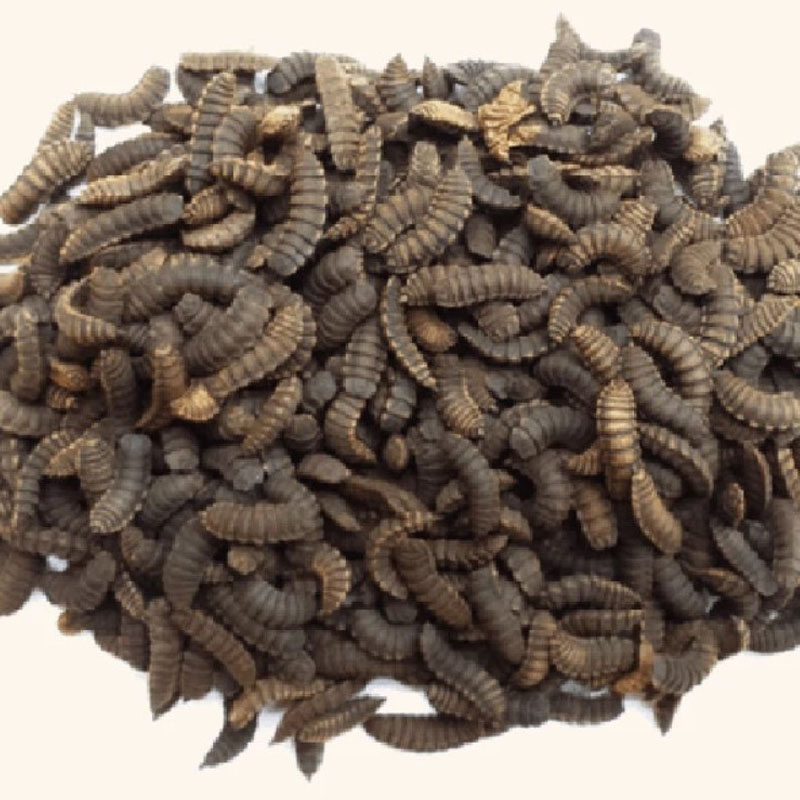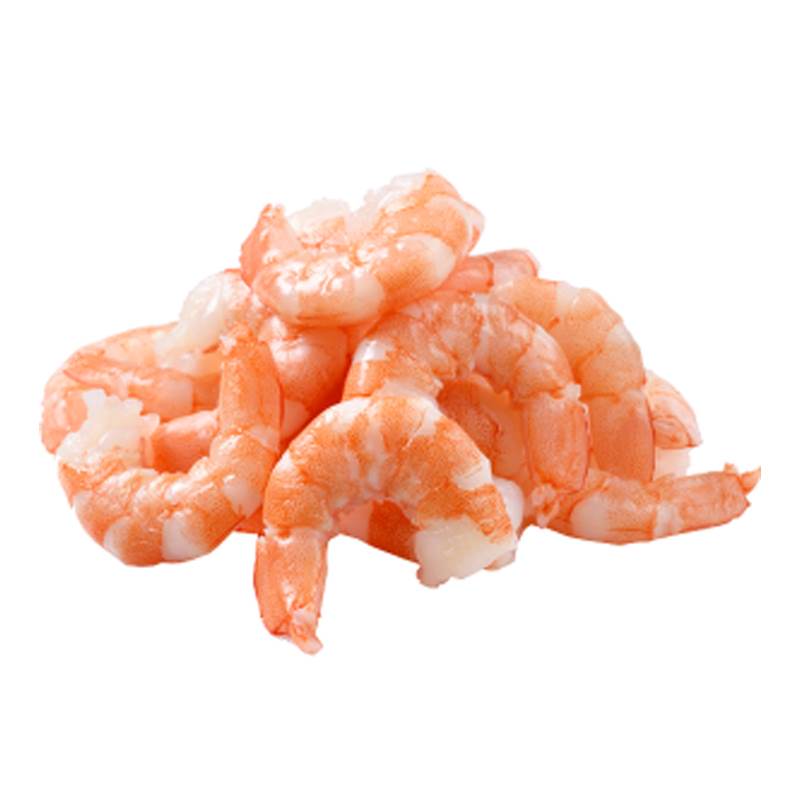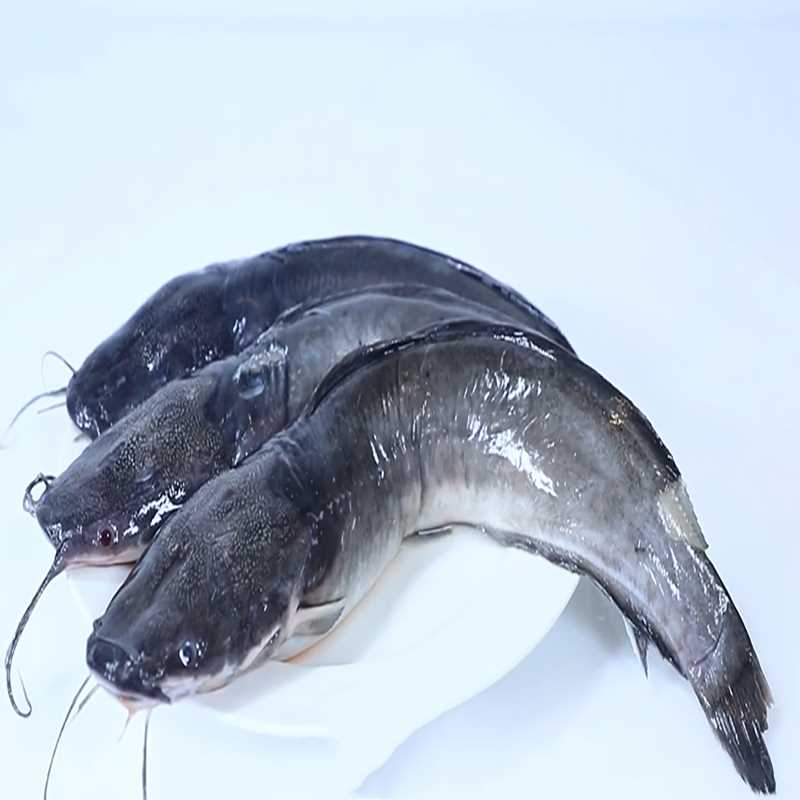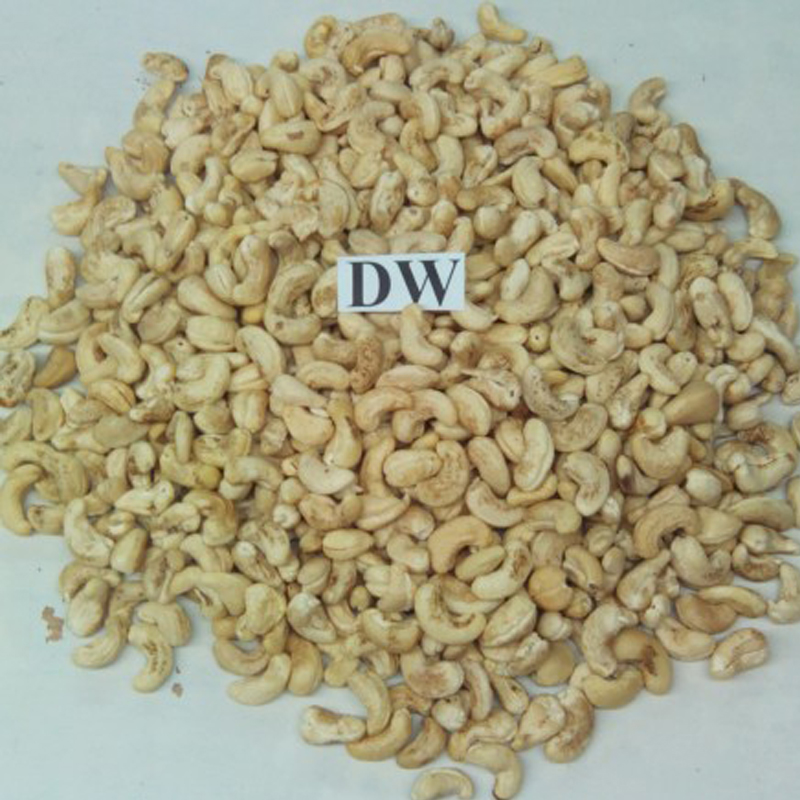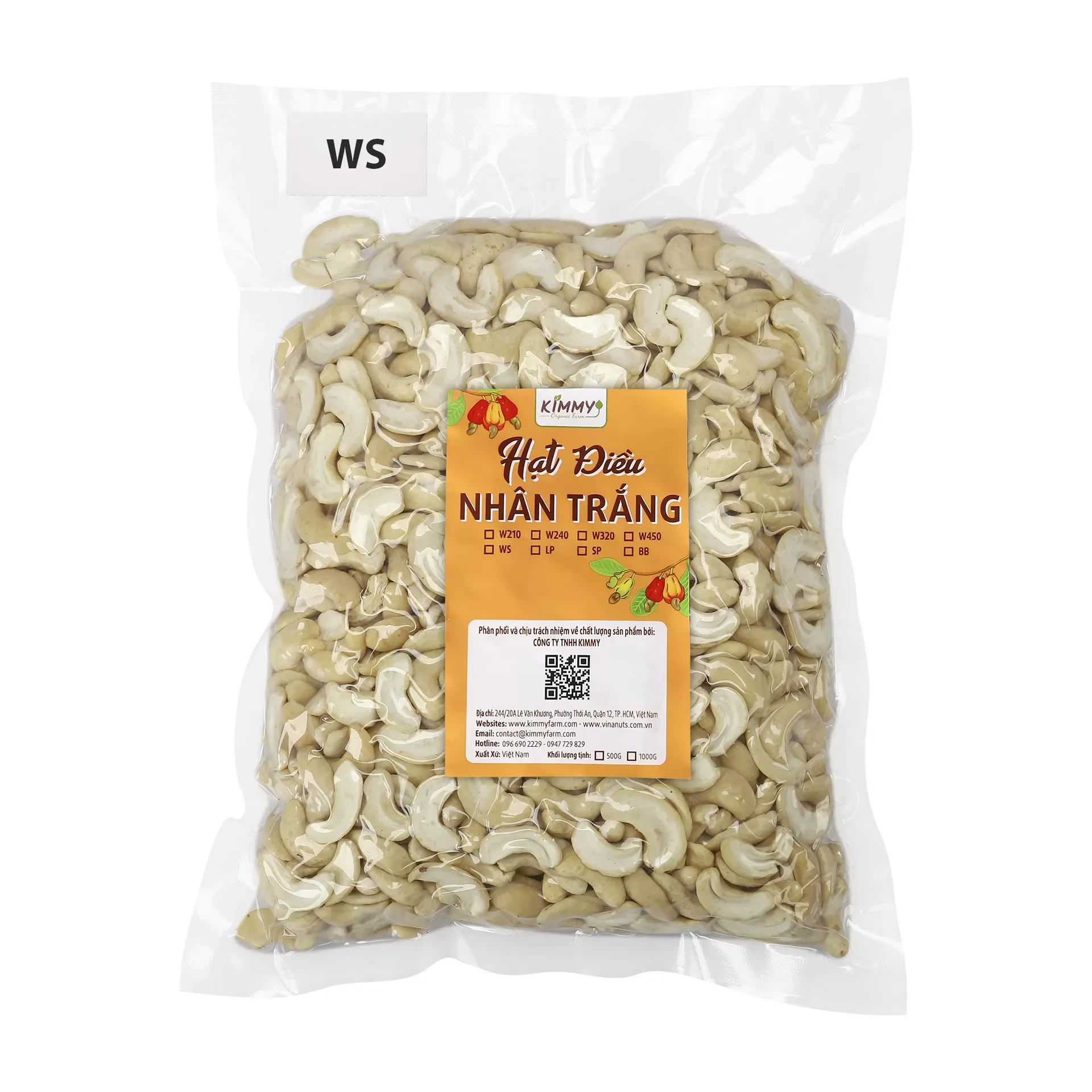The death of Black Soldier Fly (BSF) hatchlings can be attributed to several factors, especially for beginners who might inadvertently mishandle these delicate larvae. 4 main causes of BSF hatchling mortality are:
Overcrowding:
BSF hatchlings, like many insects, are sensitive to population density. High density can result in overcrowding, leading to stress and competition for essential resources such as food and space. This stressful environment can ultimately lead to detrimental behaviors. To prevent this, it is essential to manage population density and provide adequate space for each larva to develop comfortably. Proper spacing and good breeding practices can help mitigate the risk of overcrowding-related mortality. For Example – just 20 grams of BSF eggs can produce around 800,000 larvae. You need About 3 to 6 square meters of space, or appropriate containers, are needed for every 20 grams of eggs.
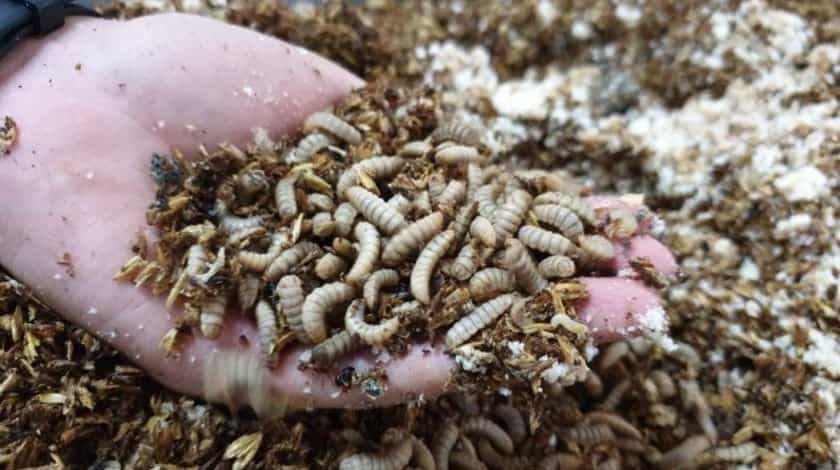
Ấu Trùng Ruồi Lính Đen Có Thể Sống Được Ở Nền Nhiệt Độ Từ 40 – âm 6 độ C
Chemical Exposure:
Exposure to toxic chemicals and pesticides can have lethal consequences for BSF hatchlings. These young larvae are highly vulnerable to environmental toxins. Contaminants in their habitat can be ingested or absorbed through their skin, leading to poisoning and death. It is crucial to ensure that the breeding environment is free from harmful substances. For example, avoiding the use of pesticides in the vicinity of the BSF habitat and maintaining clean, uncontaminated conditions is vital to protect the hatchlings from chemical exposure.
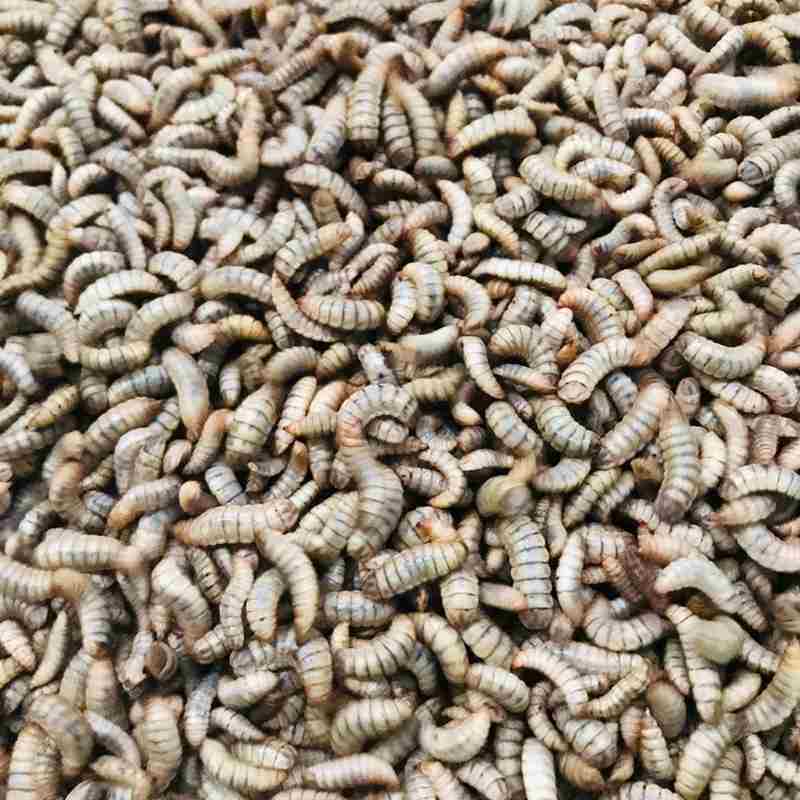
Exposure to Sunlight:
BSF hatchlings are photosensitive, meaning they are sensitive to light. While they can tolerate some degree of light exposure, prolonged or intense sunlight can be harmful. Extended exposure to direct sunlight can lead to several issues. Firstly, it can cause dehydration, as the intense heat can rapidly evaporate moisture from their bodies. Secondly, it can lead to overheating, as their small bodies are unable to regulate temperature effectively. In severe cases, prolonged sunlight exposure can result in the death of the hatchlings. To safeguard against this, it is essential to provide shade or reduce direct sunlight exposure to a minimal level, ensuring that they receive the appropriate light conditions for their growth and development.
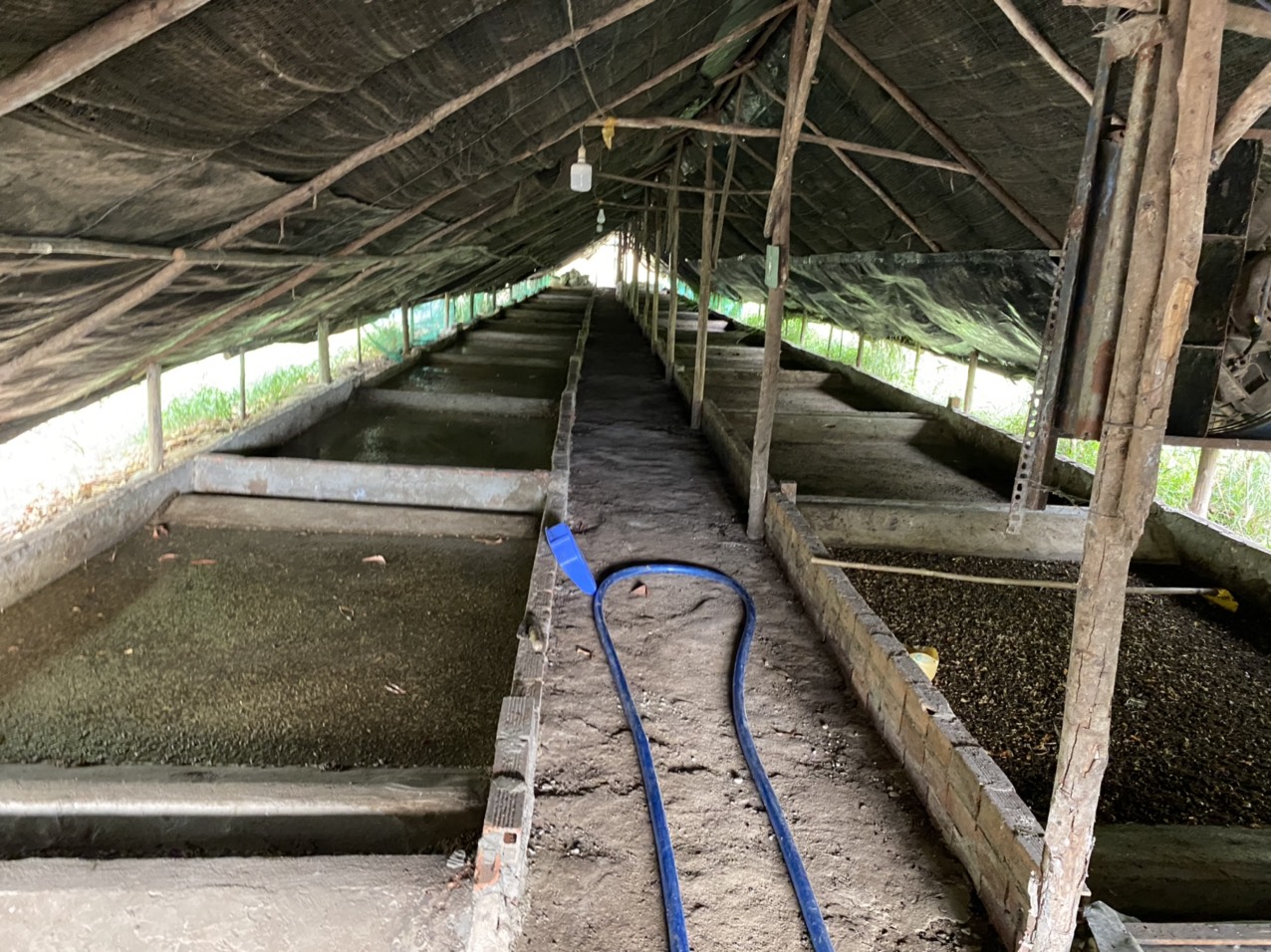
Handling by Humans:
BSF hatchlings are particularly delicate during their early stages of development. Their small size and fragility make them susceptible to harm from human handling, especially if it is not done with utmost care. The use of fingernails or rough handling can easily cause physical damage, resulting in the death of the hatchlings. This issue is often experienced by beginners who may not be experienced in raising BSF larvae. Novice breeders might encounter the problem of larvae escaping their designated areas and attempt to recapture and relocate them manually. This process, while well-intentioned, can be risky, as it increases the likelihood of inadvertently harming the hatchlings during handling. To mitigate this risk, it is essential to address the root cause of larvae escaping and take measures to prevent it from happening in the first place. This could include improving the design of the breeding environment to minimize escape incidents and reduce the need for manual handling.
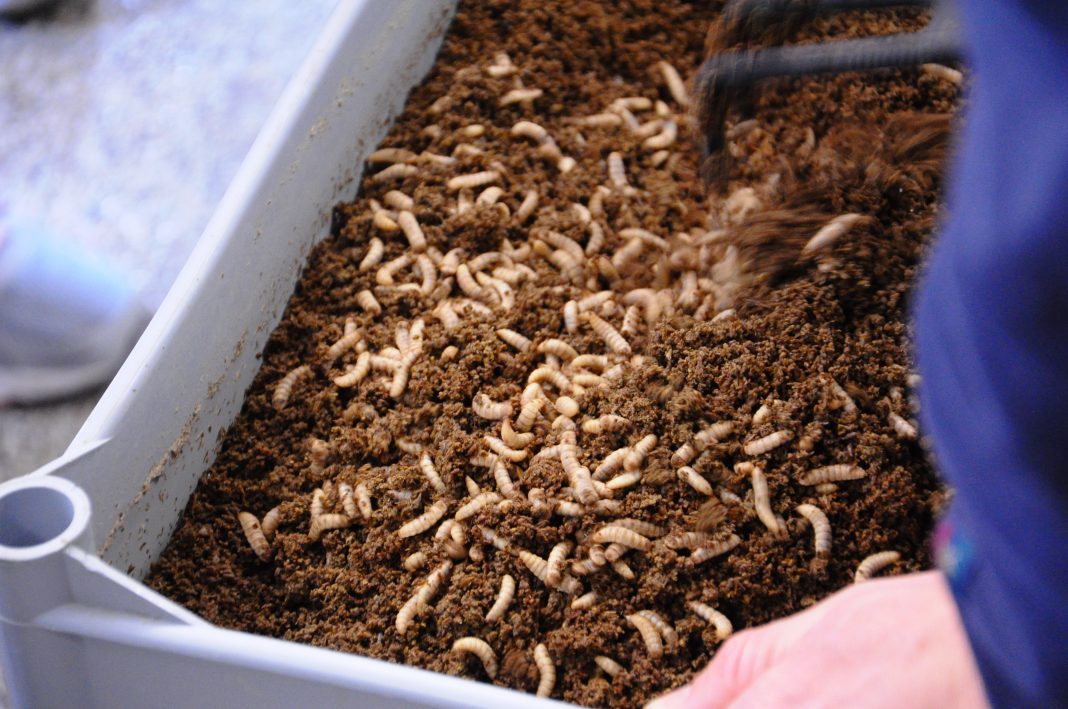

A brand specializing in the production and export of agricultural products in Vietnam. We have a black soldier fly farm in Tay Ninh and a cashew growing area in Binh Phuoc. The main export products of the company are: cashew nuts, cashew nut kernels, black soldier fly, frozen seafood, shrimp, prawns, catfish… from Vietnam.

